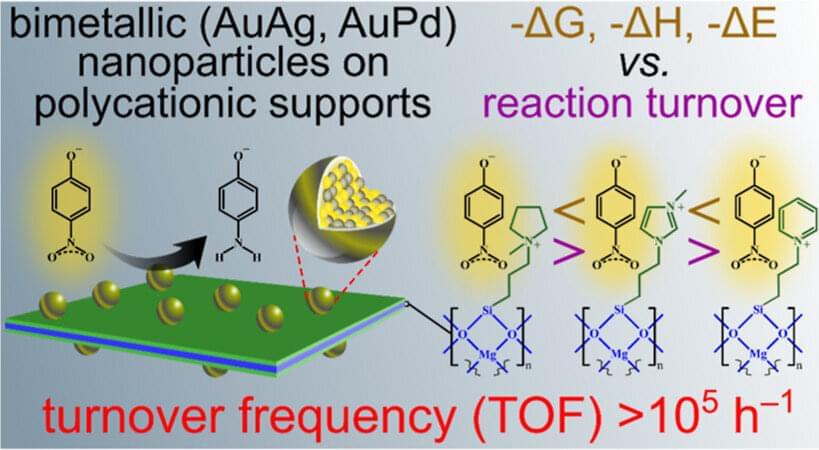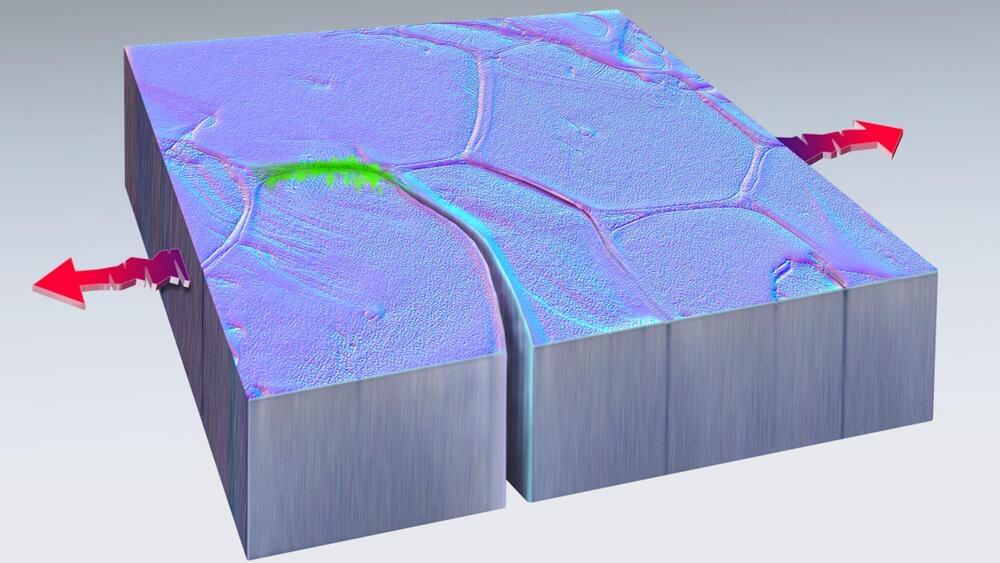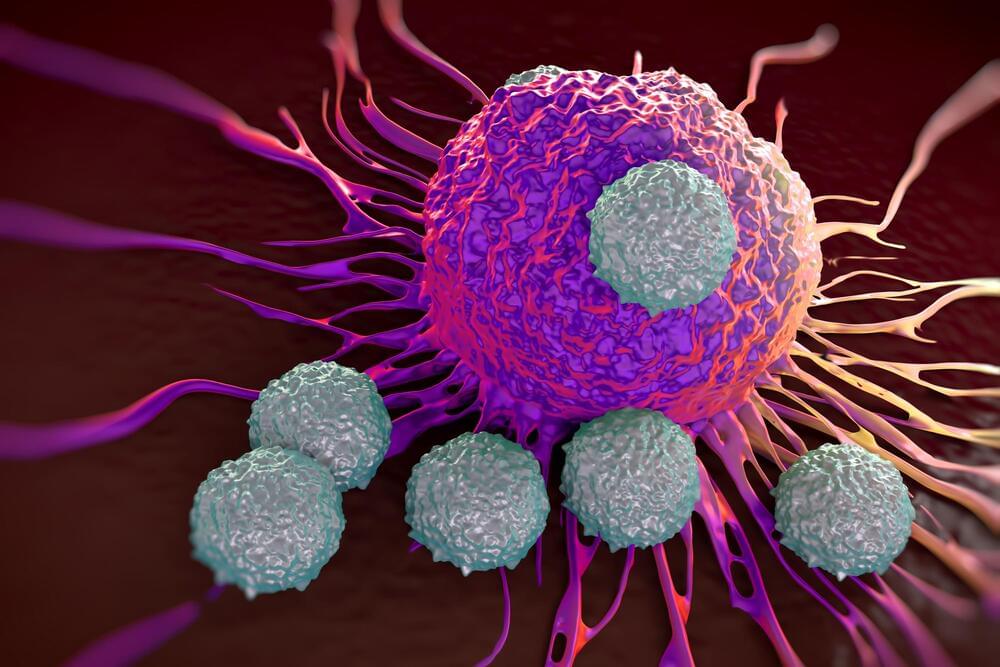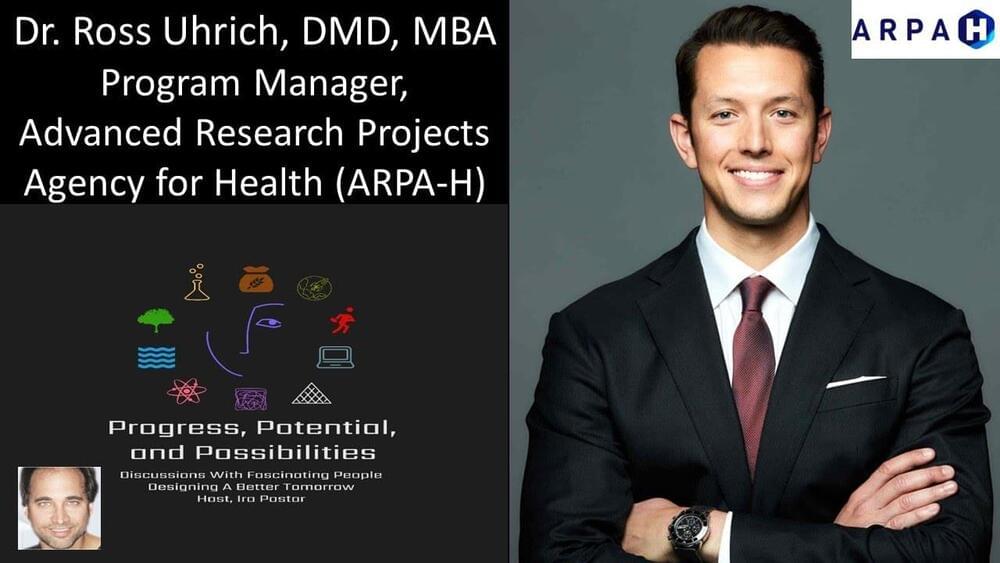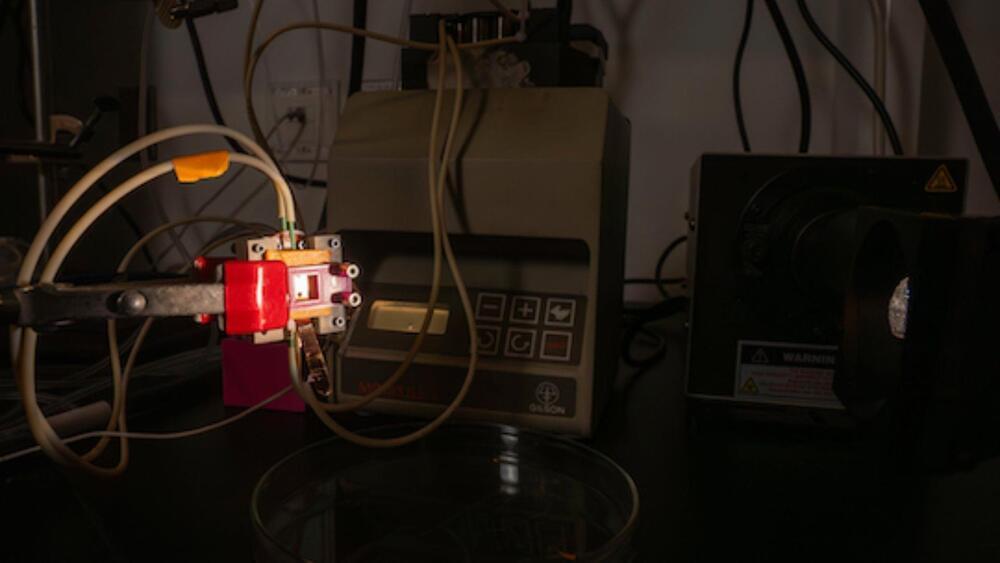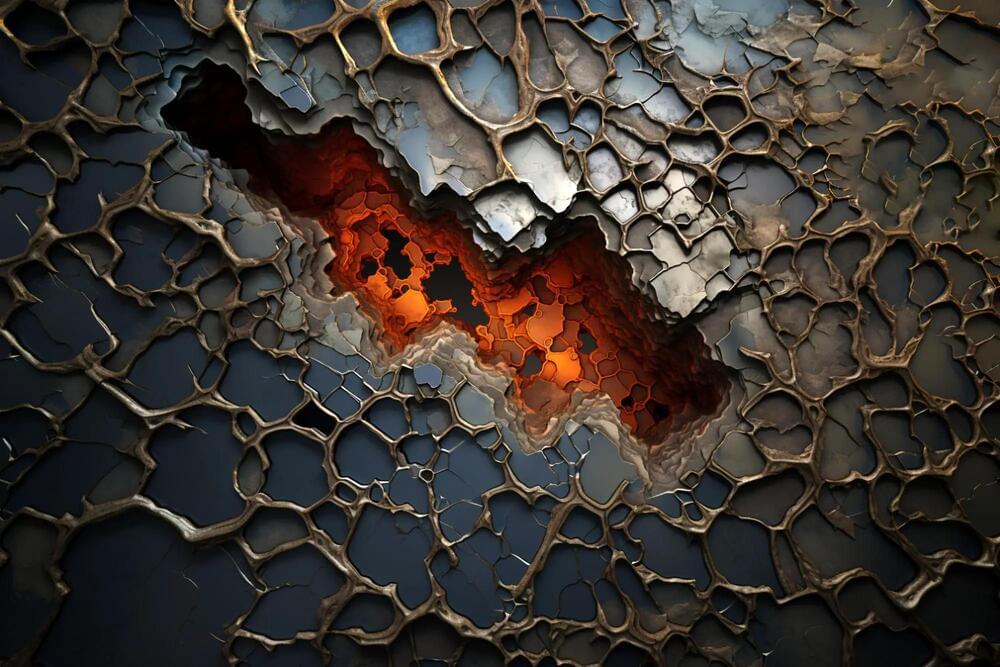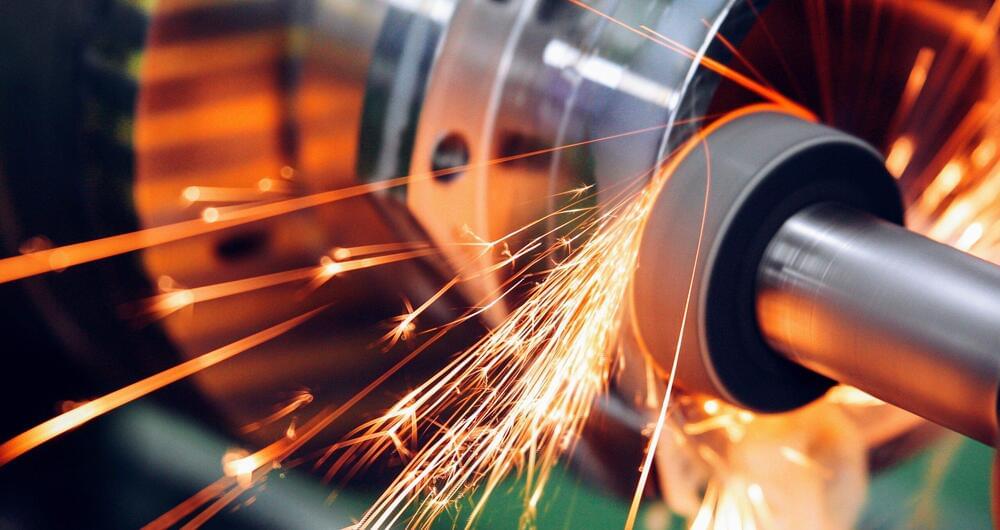Jul 25, 2023
Researchers describe ‘nanoclays,’ an innovative addition to tools for chemists
Posted by Genevieve Klien in categories: biotech/medical, chemistry, engineering
Microscopic materials made of clay, designed by researchers at the University of Missouri, could be key to the future of synthetic materials chemistry. By enabling scientists to produce chemical layers tailor-made to deliver specific tasks based on the goals of the individual researcher, these materials, called nanoclays, can be used in a wide variety of applications, including the medical field or environmental science.
A paper describing this research is published in the journal ACS Applied Engineering Materials.
A fundamental part of the material is its electrically charged surface, said Gary Baker, co-principal investigator on the project and an associate professor in the Department of Chemistry.
